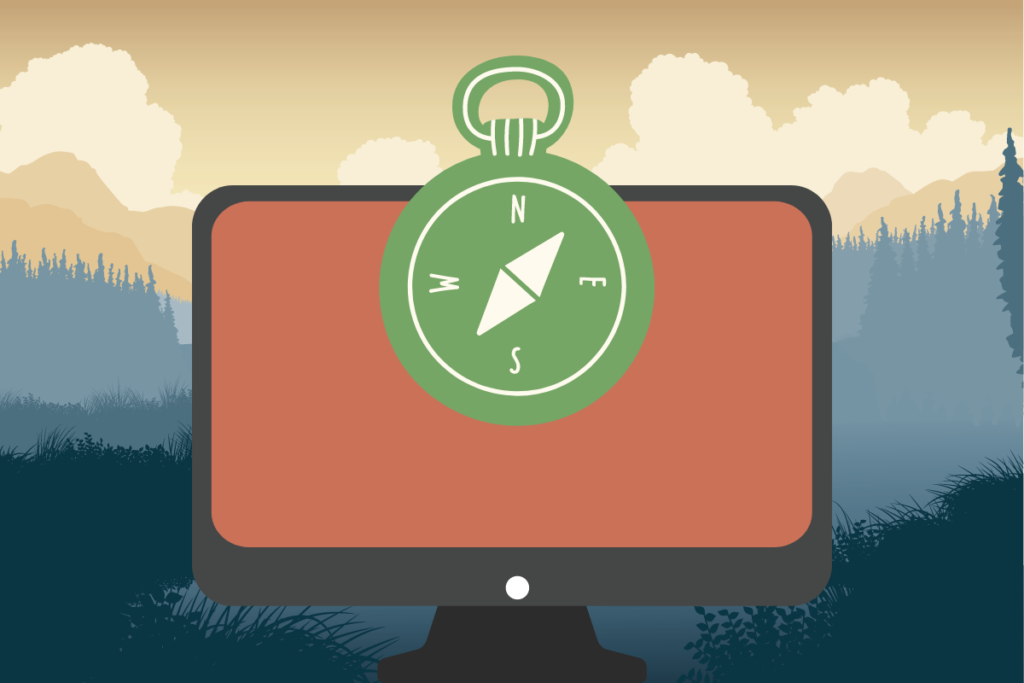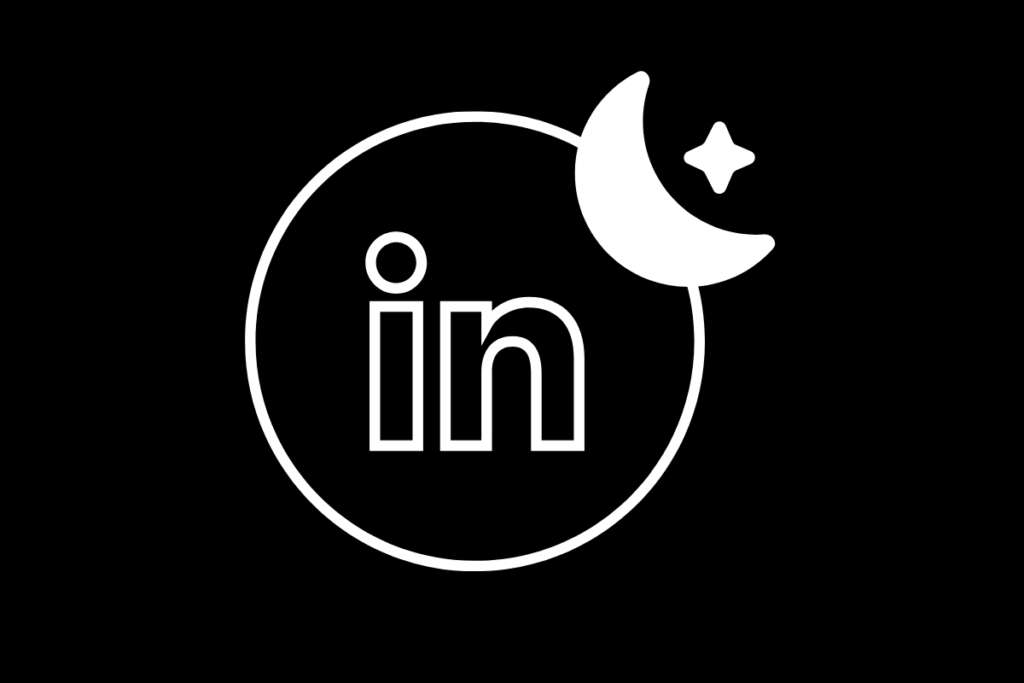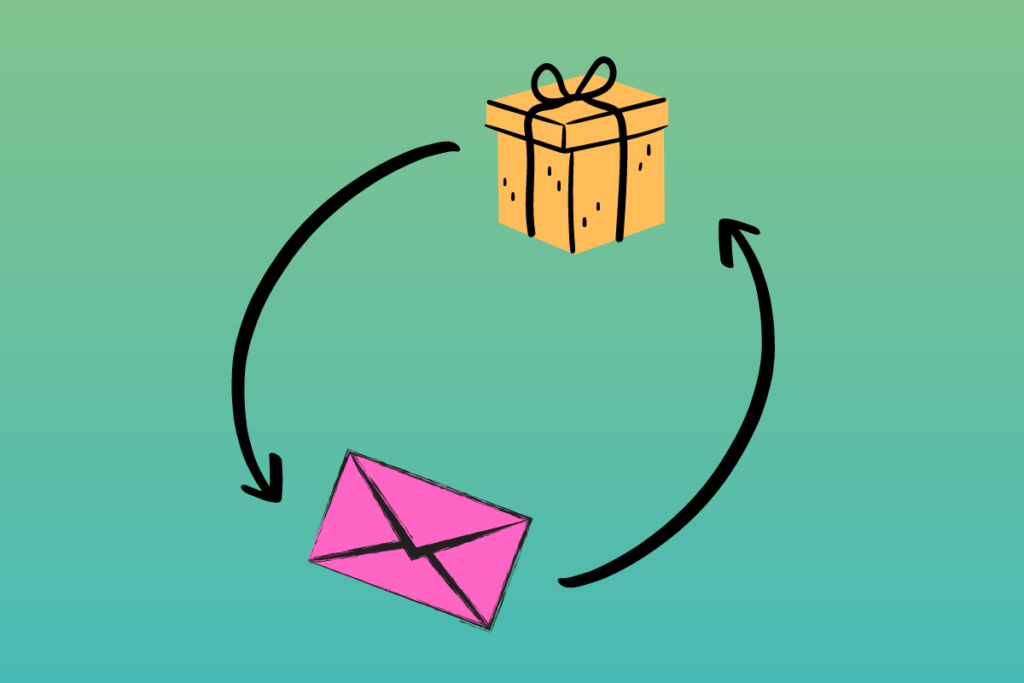February 2022 Newsletter
In This Issue:
5 Tips for Creating a Useful Navigation Menu

An easy-to-use navigation menu is crucial to website user experience. It’s the compass of your site! Find out how to make a great website menu that will keep visitors coming back in 5 Tips for Creating a Useful Navigation Menu.
Make Sure Your LinkedIn Business Logos Are
“Dark Mode”-Friendly

Last Fall, LinkedIn introduced “dark mode”, a display setting that inverts the background and text. Reading light text on a dark screen reduces eye strain and emits less blue light for people that use their phone before bed. It also uses less energy so the phone battery lasts longer.
Because of these benefits, many apps and operating systems are offering “dark mode”. Social apps like Facebook, Twitter, and YouTube have already made this feature available and LinkedIn is the latest to jump on the bandwagon.
People and businesses with LinkedIn profiles should check their profile logos to make sure they are “dark mode”-friendly, or visitors will not have the ideal experience. Be sure that there is a contrasting background to your logo – usually white or black – or that transparent logos can be viewed well on either dark or light backgrounds. If any of these don’t apply, it’s time to update your logo!
To try “dark mode” for yourself on mobile, follow these instructions from LinkedIn. And if you need any assistance in fixing your logo, please let us know!
Tip of the Month

Offer incentives in exchange for email addresses. If you want to build your email list but don’t want to spend a lot of money, offering users something in return for their email address is a smart way to do it. According to a Google study with Boston Consulting Group, 90% of customers are willing to share their data in return for some kind of incentive.
What kind of incentive they receive matters. The largest number of people responded to rewards like a discount or free samples, while the lowest number were willing to share their email address for newsletters or access to an online community. The sweet spot between money spent and participant response was an incentive that improved convenience, such as saving their information for later or a better overall user experience.
Demographics also matter:
“While many companies are quick to offer all consumers discounts in exchange for their data, optimizing the value exchange by consumer segment can be more effective. For example, Gen Z consumers and new parents will share their email addresses for relatively low value incentives, whereas wealthy and retired people are not tempted by most incentives.”
Depending on your target audience, your email gathering strategy will need to be customized. Also, remember that what you are offering should have an equivalent value to the level of data users are willing to share. For example, asking for an email address in exchange for a newsletter is appropriate, but asking for their address, phone number, and other personal information would require a larger incentive.
In the end, incentive type, number of incentives, and client demographic can help you form a strategy to grow your email list and keep in contact with your audience.
Just for Laughs

A guy goes door to door looking for work. One homeowner hands him a brush and a can of paint and offers him $150 to paint his porch.
A few hours later, the guy comes back to the homeowner and says, “I’m finished. But you should know that your car’s a Ferrari, not a Porsche.”
Our best for your success!





